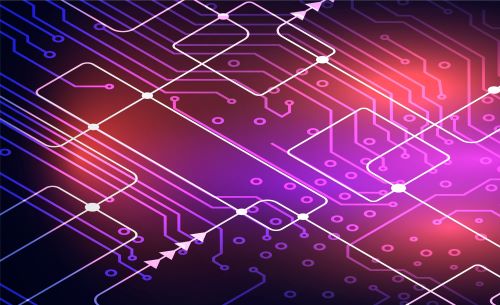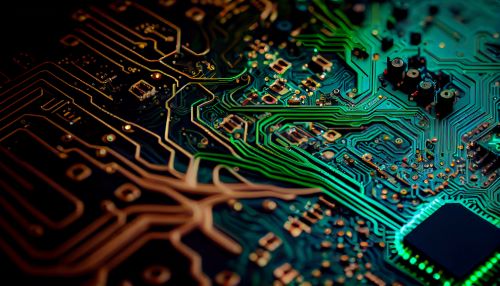Basic rules for the placement and routing of printed circuit boards
Designing a PCB is a combination of art and science. It requires technical knowledge and an understanding of various factors such as trace width, layers, schematics, and ground plane design. The artistic aspect lies in component placement, and since there is no single correct way to position them, PCB design is a highly creative process. If the same schematic were given to 100 experts, it is likely that we would get 100 different layouts. Therefore, PCB design is considered a truly artistic process.
These rules are not listed in any specific order and can generally be applied to any PCB design. They serve as a useful guide for beginners.

How to start with the placement of PCB traces?
The first step is to determine the maximum allowed size of the printed circuit board (PCB). The number of layers depends on the performance and complexity requirements. There are several general design rules that need to be known and taken into account when designing manufacturable, functional, and reliable PCBs.
The following list provides some of these rules, although it is not exhaustive:
- Ensure that the grid mode is enabled when placing components.
- Place components in the following order: connectors, power circuits, sensitive and precise circuits, components of critical circuits (MCUs, DSPs, FPGAs, memories, and timers), and then others. Components should be placed according to their interconnections with other components.
- Similar components should be oriented in the same direction, which facilitates the soldering process.
- Do not place components on the side of the board intended for through-hole mounting.
- Place all surface mount components on the same side of the board and through-hole components on the top side of the board to minimize assembly steps.
- Place decoupling capacitors as close as possible to the power pins (Vcc) of active components.
- Components that consume more than 10 mW or carry more than 10 mA should be carefully considered for thermal and electrical loading. Sensitive signals should be separated by planes from noise sources and maintained as impedance-controlled.
These guidelines help ensure that the proposed PCB is efficient, functional, and reliable.
Additional rules for PCB routing.
For components with controlled power consumption, it is advisable to use ground planes or planes for heat dissipation. When dealing with high-current traces, it is important to consider an acceptable voltage drop for the connection. Transitions between layers for high-current traces should be designed with reliability in mind. It is recommended to use two to four vias in each layer transition and multiple vias in layer transitions to increase reliability, reduce resistive and inductive losses, and improve thermal conductivity.
Creating a ground plane is also an important aspect, which can be achieved by either using a large copper area on a single-layer board or dedicating an entire layer as a ground plane on multi-layer boards. After adding the ground plane, all components that need to be connected to the ground should be interconnected using vias.
Real copper traces have a certain resistance, which means that there will be voltage drop, power loss, and heating when current flows through them. The trace width should be dimensioned based on the estimated current passing through it. Power traces should be wider as they carry the entire current. The typical thickness of copper traces on a PCB is around 35 microns.
These points are important in PCB design and serve to ensure proper functionality, reliability, and efficiency of electronic devices.

Minimize trace lengths, round corners
When placing components on a PCB, it is advisable to minimize trace lengths and avoid 90-degree angles. Instead, it is better to use two 45-degree bends. The reason is that during the PCB manufacturing process, an outer corner with a 90-degree angle may only be slightly etched, which can affect the trace impedance. Using a 45-degree bend shortens the electrical path between components and reduces the risk of reflections of high-speed signals from a sharp corner, which could cause interference.
It is also desirable to keep digital and analog grounds separate. Voltage and current spikes from digital circuits can cause interference in analog circuits, which can affect their proper functioning.
Routing according to guidelines, routing based on experience
Proper component placement and routing require knowledge of technical rules and recommendations. There are many specific guidelines for designing trace widths, layers, schematics, and other aspects. Although there is no single correct way to place components, creativity and the designer's experience play an important role in achieving an optimal result.
The result of the placement and routing process is the final arrangement of the PCB, which is depicted in a drawing. The drawing shows electronic components with their packages and their positions on the final PCB, interconnected by traces between their terminals.
Connect with our specialists